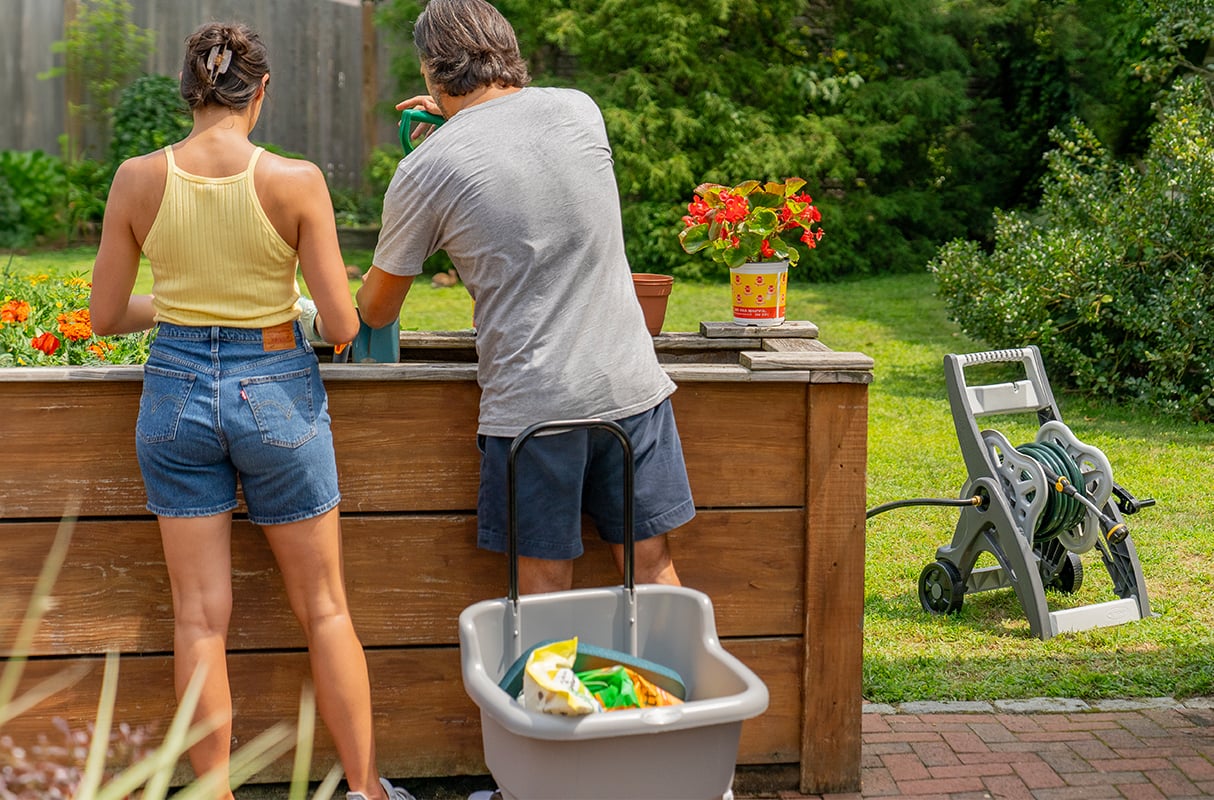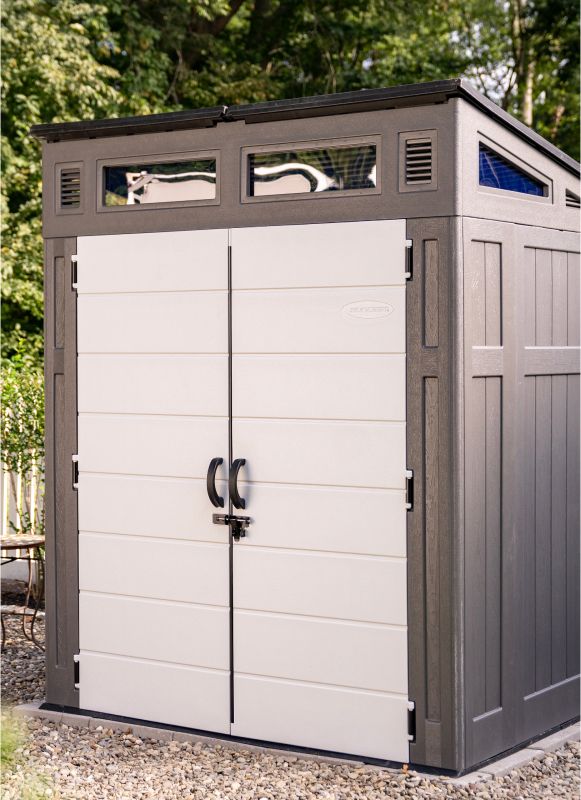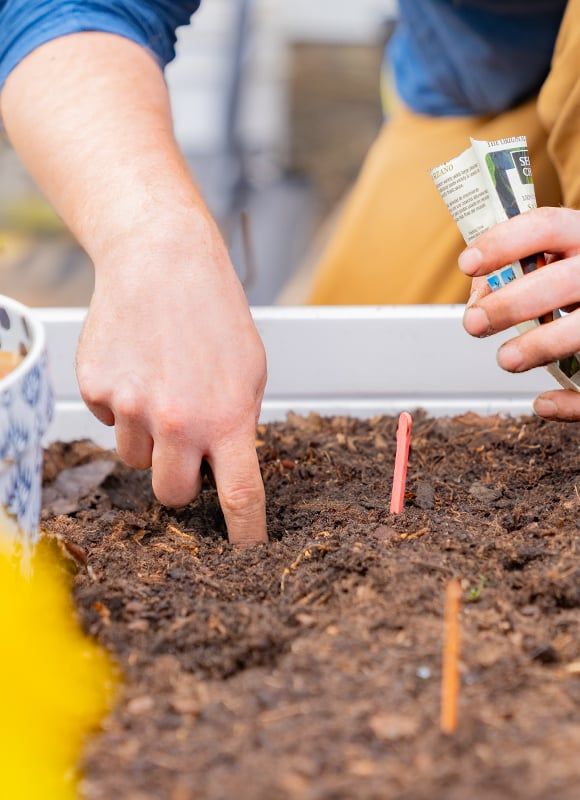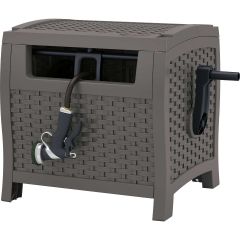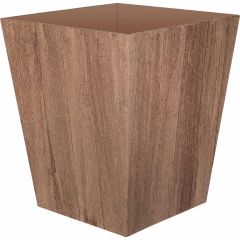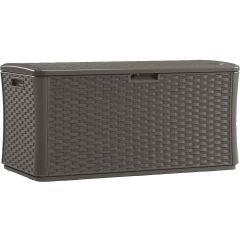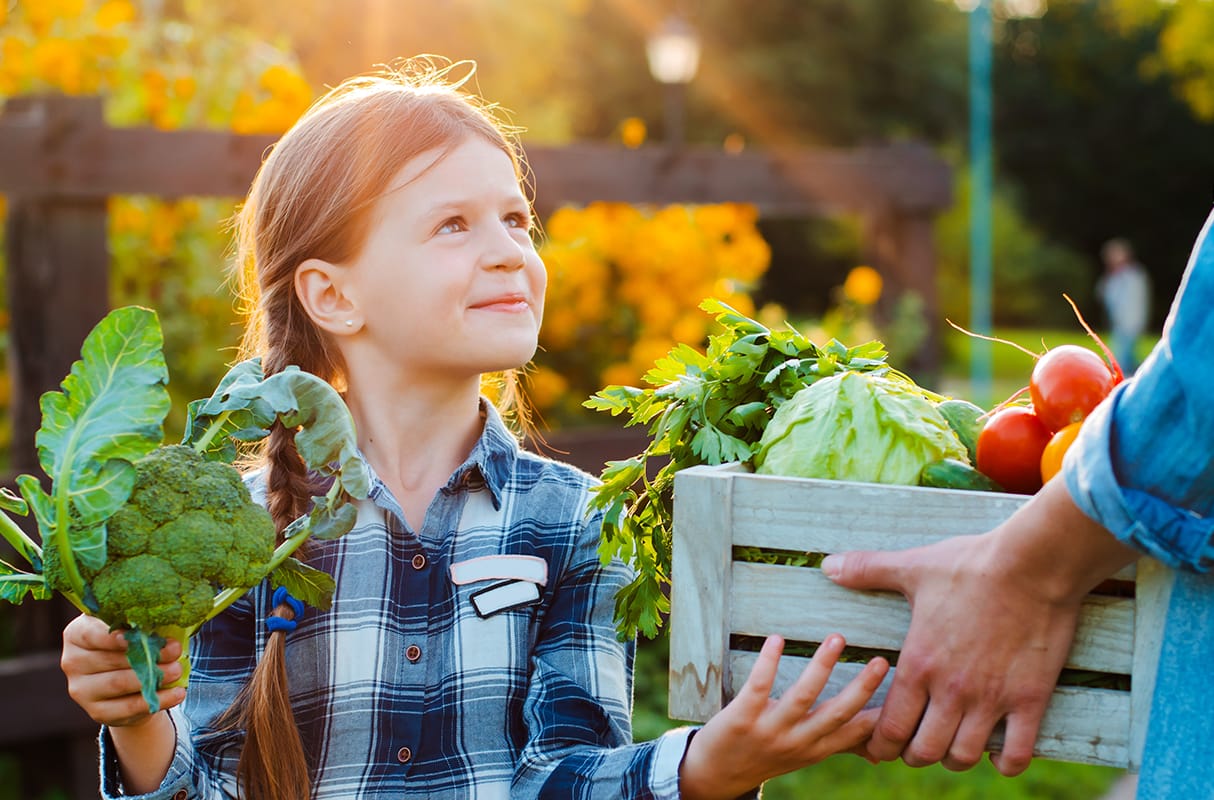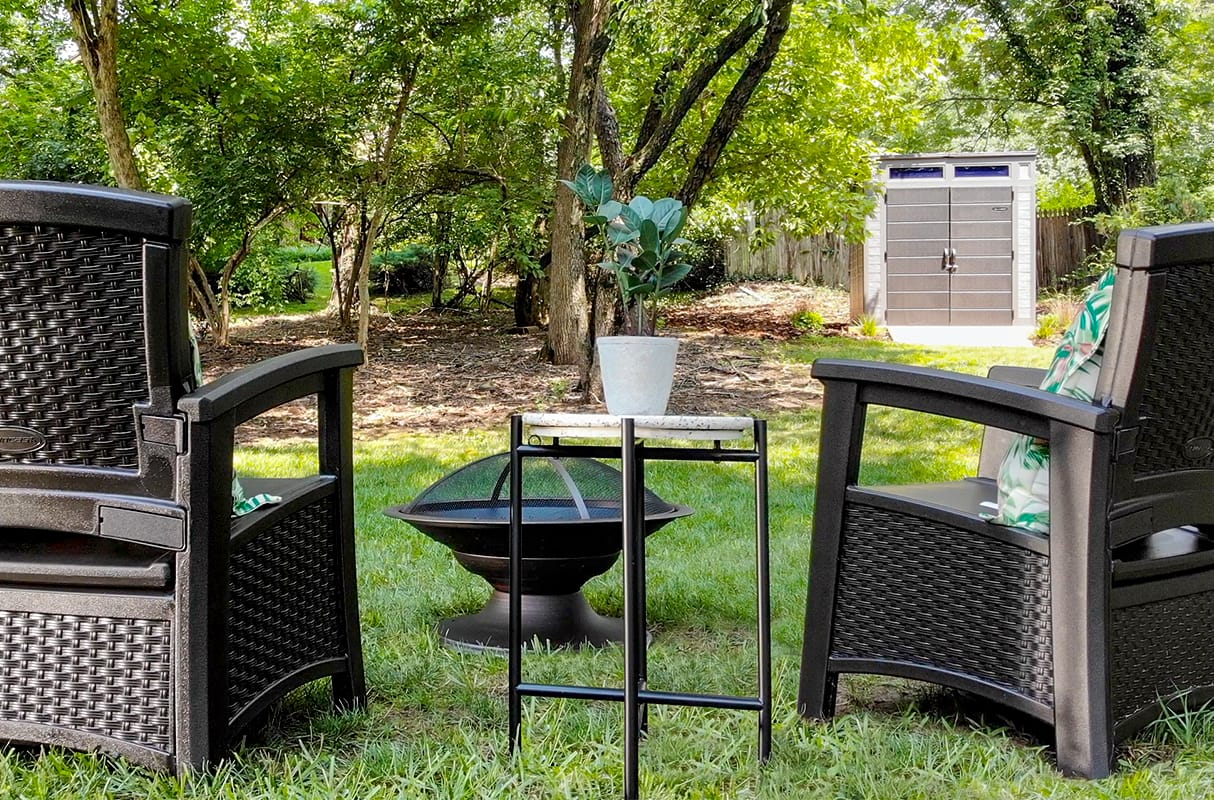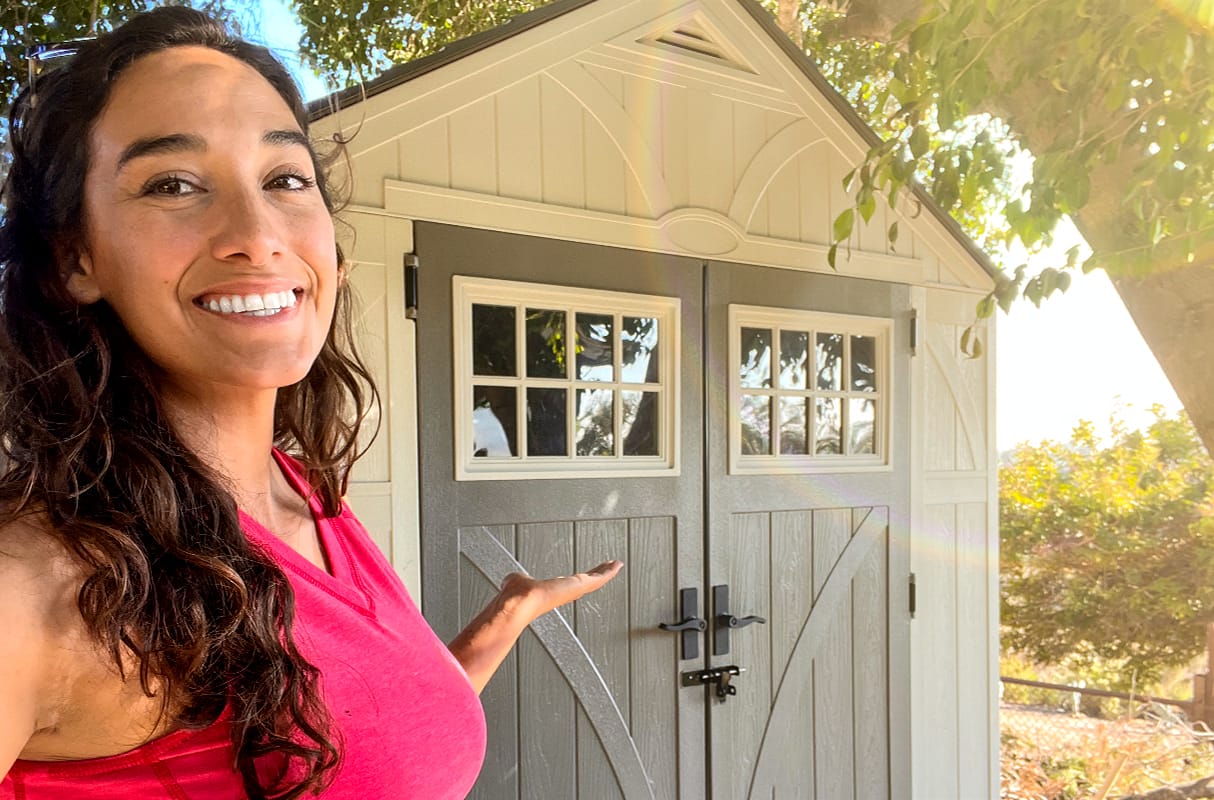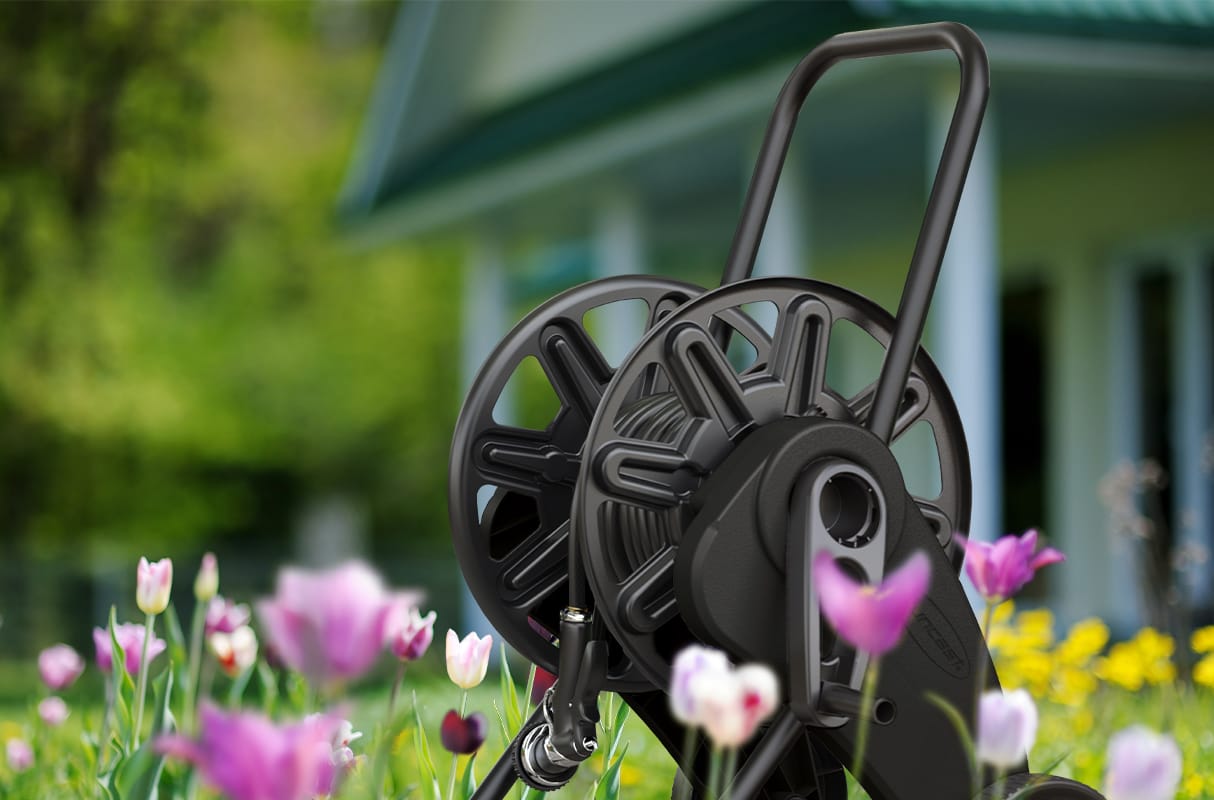Within the Grove's Liz Rishel Plants a Pollinator Garden
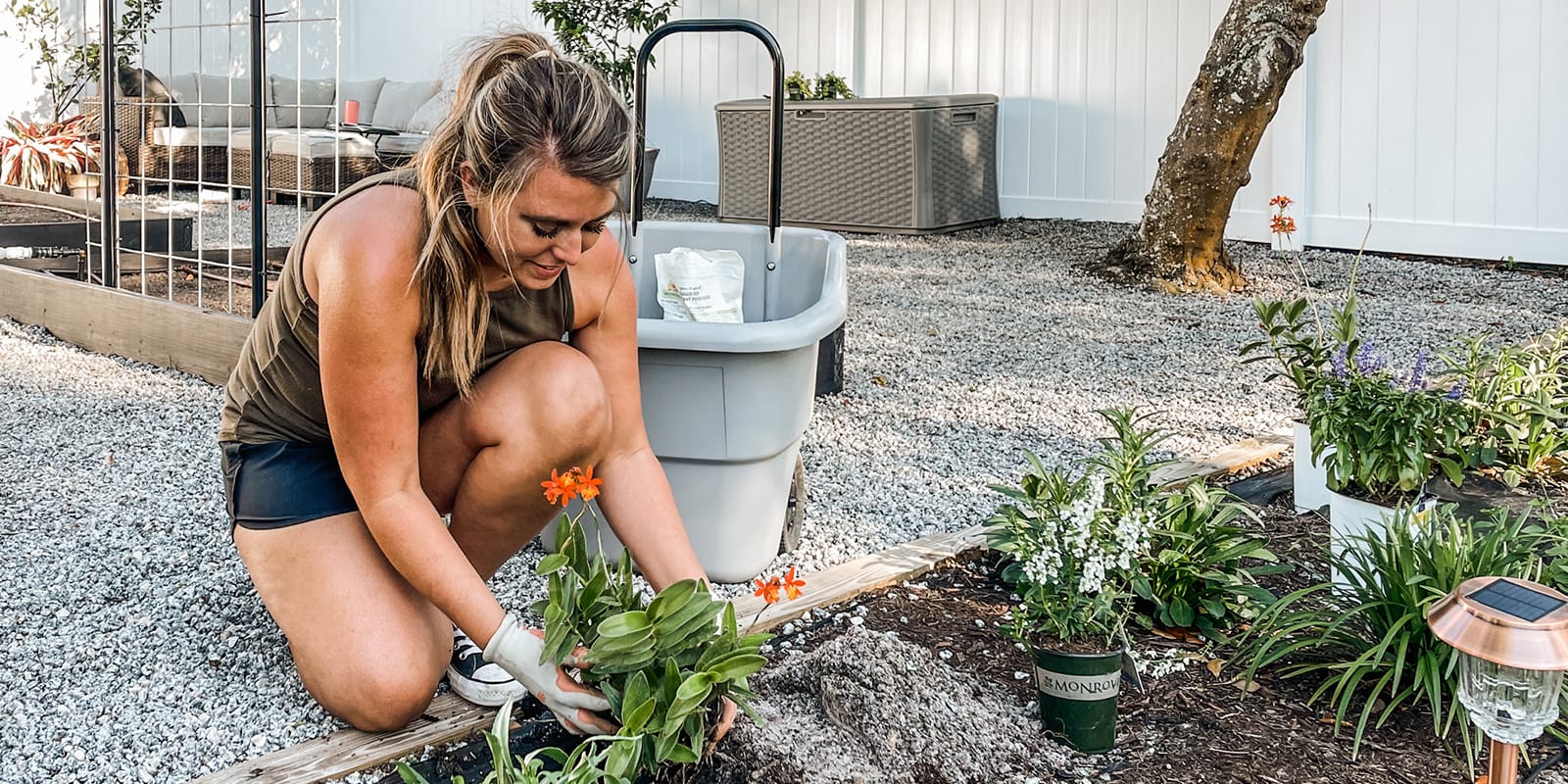

The spring and summer gardening season is finally here! It has also officially been one year since we built our home garden. The seedlings are almost ready to be planted, but before we get too far ahead, I want to clean up and focus on our pollinator garden in preparation for the main garden.
Last year I created a flower bed along the front side of our main garden to bring all the bees and butterflies our way. This past winter, we had two hard freezes in Florida that were unlike any other year. We lost a lot of our landscaping, including half of our butterfly garden. It's time to plant new flowers, throw some fresh mulch down, and get the bees and butterflies back around before the start of the busy gardening season. Here’s where I started:
Creating Organized Storage in the Garden
Now, if I learned anything from last year, it's to have a place to store all of my main gardening tools so that they're close by. I have wasted so much time running back and forth to my garage to grab items I need for the garden. Not anymore! This extra-large deck box by Suncast is a beautiful and functional addition to our garden that keeps me organized.
It currently holds a few bags of garden bed and potting soil, gardening tools, gloves, a knee pad, and various fertilizers and plant food for the plants. It has been so nice just walking a few feet over to grab what I need. You'll also notice that the deck box is made out of resin, which means it won't rust or rot, and it will be a breeze to keep clean.


What to Plant in a Pollinator Garden
When planning a pollinator garden, keep in mind the flowers that attract butterflies and bees. There is an abundance of lists available according to the zone you live in with what you can plant. For us in zone 9b, here are the flowers I planted:
- Yellow lantana (a butterfly favorite)
- Purple salvia (also attracts hummingbirds)
- White daisies
- Orange Reed Orchid
- White Angelonia
- Orange Lanin Kalanchoe
- Passion Fruit


Did you notice I included the color of the flowers on my list? The more colorful a pollinator garden is, the better!
These particular flowers are also various heights that attract more butterflies. When planting, I staggered the plants going from tallest to shortest by row. This part went fast for me with a new system I have in place. I used to drag a bag of gardening soil, my shovel, and plant food down the length of my gardening bed.
My mother has always talked about her lawn cart and I knew I finally had to try one. I was able to dump my entire bag of gardening soil into the lawn cart, stick my shovel in it and place the plant fertilizer right on top. And just like that, I can move everything I need in one swift motion without struggling.
It will also be great to use as I move between my garden beds, tending to all the plants. And I can also easily rinse it out with my garden hose once I'm done and let it dry in the sun. I'm all about making life a little easier and saving time.
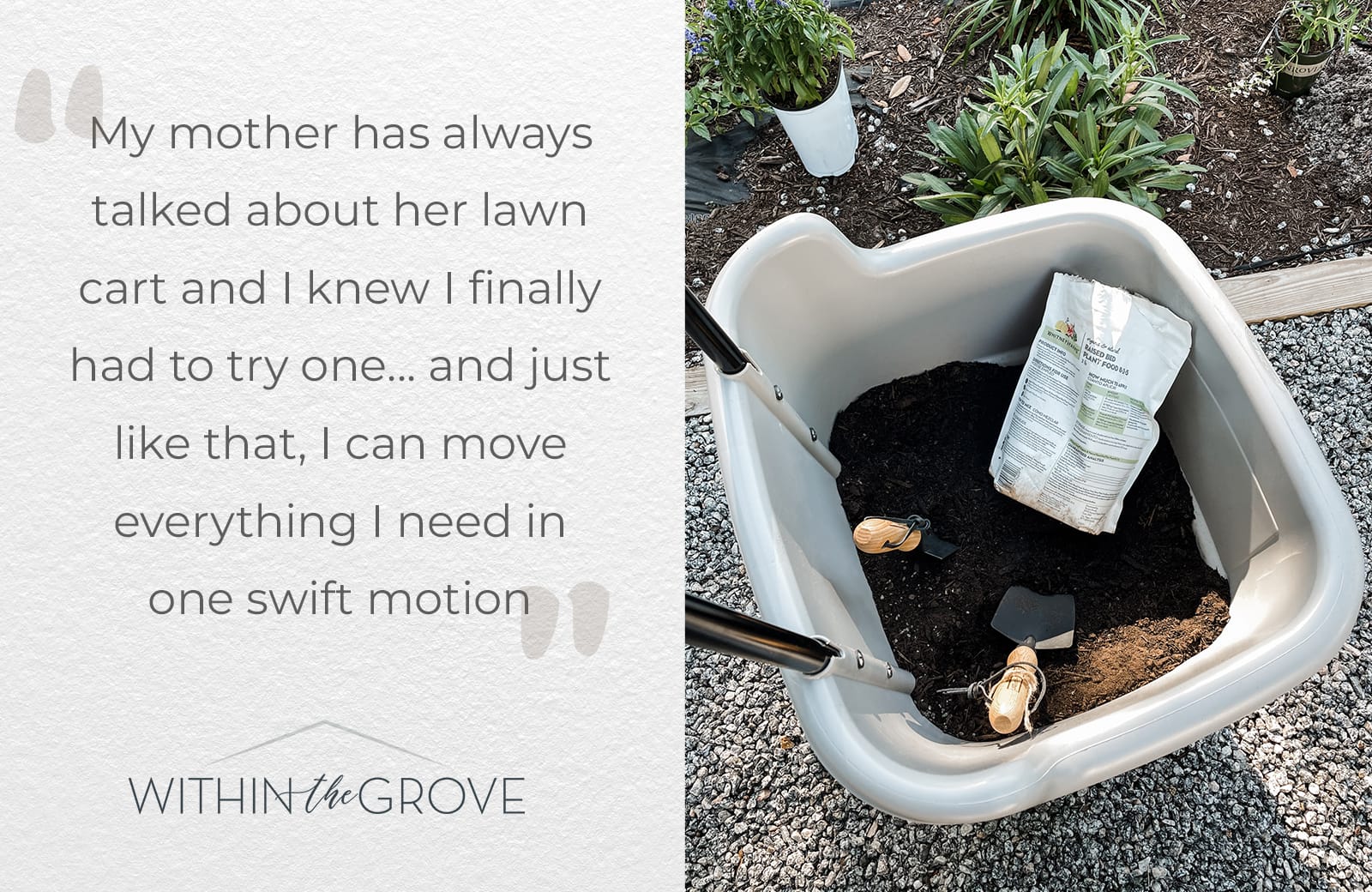

Additional Pollinator Gardening Tips
- Grow clusters of plants that bloom in different seasons. I'll be adding more to my garden bed to do this!
- Not only do you want to choose flowers of different colors, but choose different shapes as well.
- Include native host plants that feed developing butterflies and adult butterflies.
- Plant in a place with wind protection and a lot of sunshine.
- Have a hose nearby to water the flowers and provide a water source for the bees and butterflies. Did you know that bees also gather water to return to their hive? I have my hose in this Hose Hideaway to access it easily and to quickly and neatly put it away. It even matches the deck box I placed in my garden.


Even if you don't have a home garden, creating a pollinator garden is always a great idea! It can be done by creating a garden bed somewhere in your yard, or even planting a container pollinator garden.
I used a few planters myself to add to the overall design of the garden and to offer even more flowers for the bees and butterflies to enjoy. Since I recently stained my garden boxes black, I used these decorative planters to add some warmth. As big as they are, they are pretty light since they're also made out of resin. Which will be great if I want to move them around in the future.
Two of them frame the arbor so the passion vines can grow in abundance around it. This particular plant attracts some of the prettiest butterflies! And the other two planters are framing the storage box with one of the best smelling flowers, the gardenia.


All in a day's work, our pollinator garden has new flowers planted and looking lively. The bees and butterflies have already found their way and are making themselves at home. The few additions I made to our home garden with the deck box and lawn cart made it a quicker process as I had everything right there and easily accessible. My goal is to always make a space functional, organized, and pretty. What will you be planting this spring?


